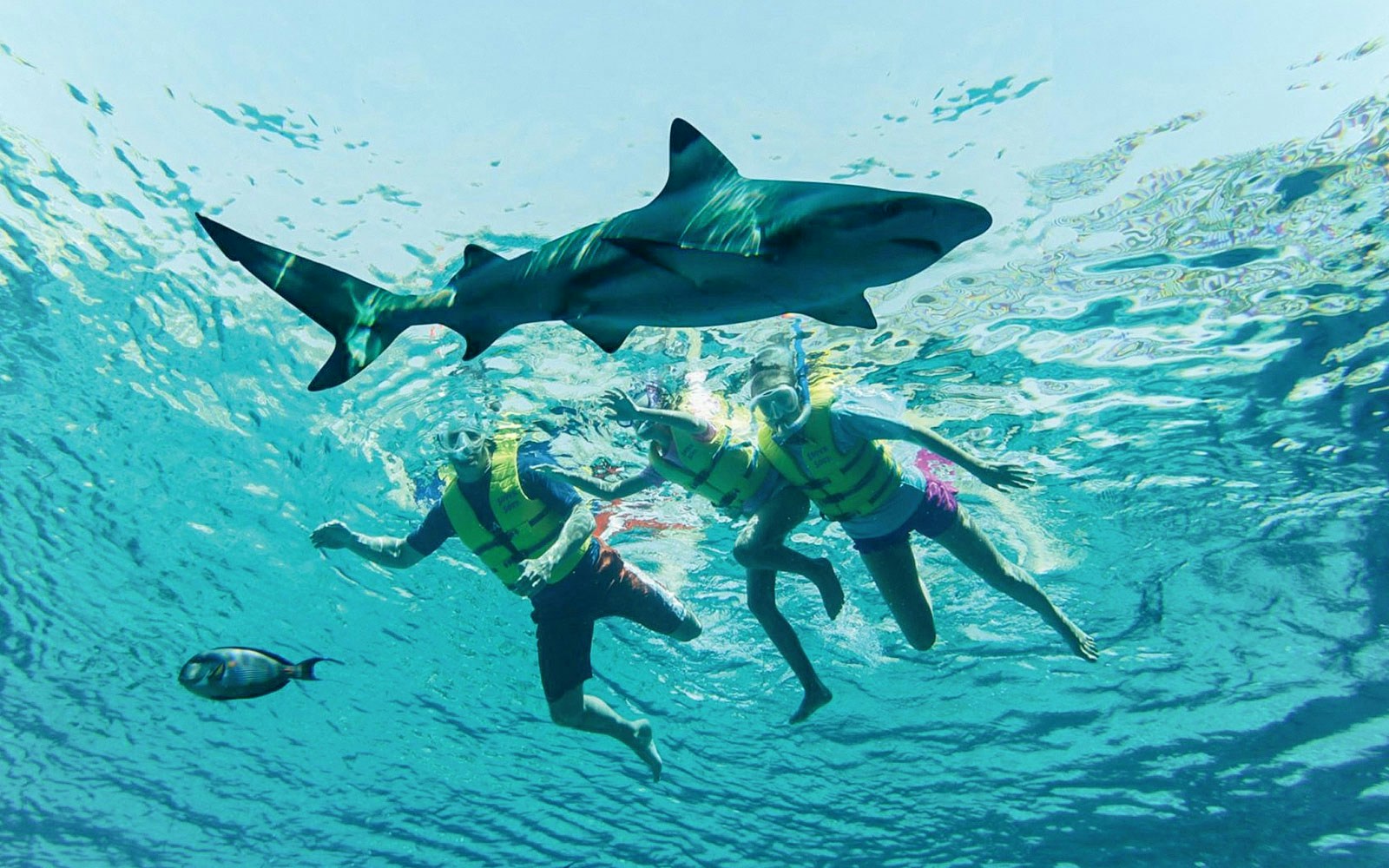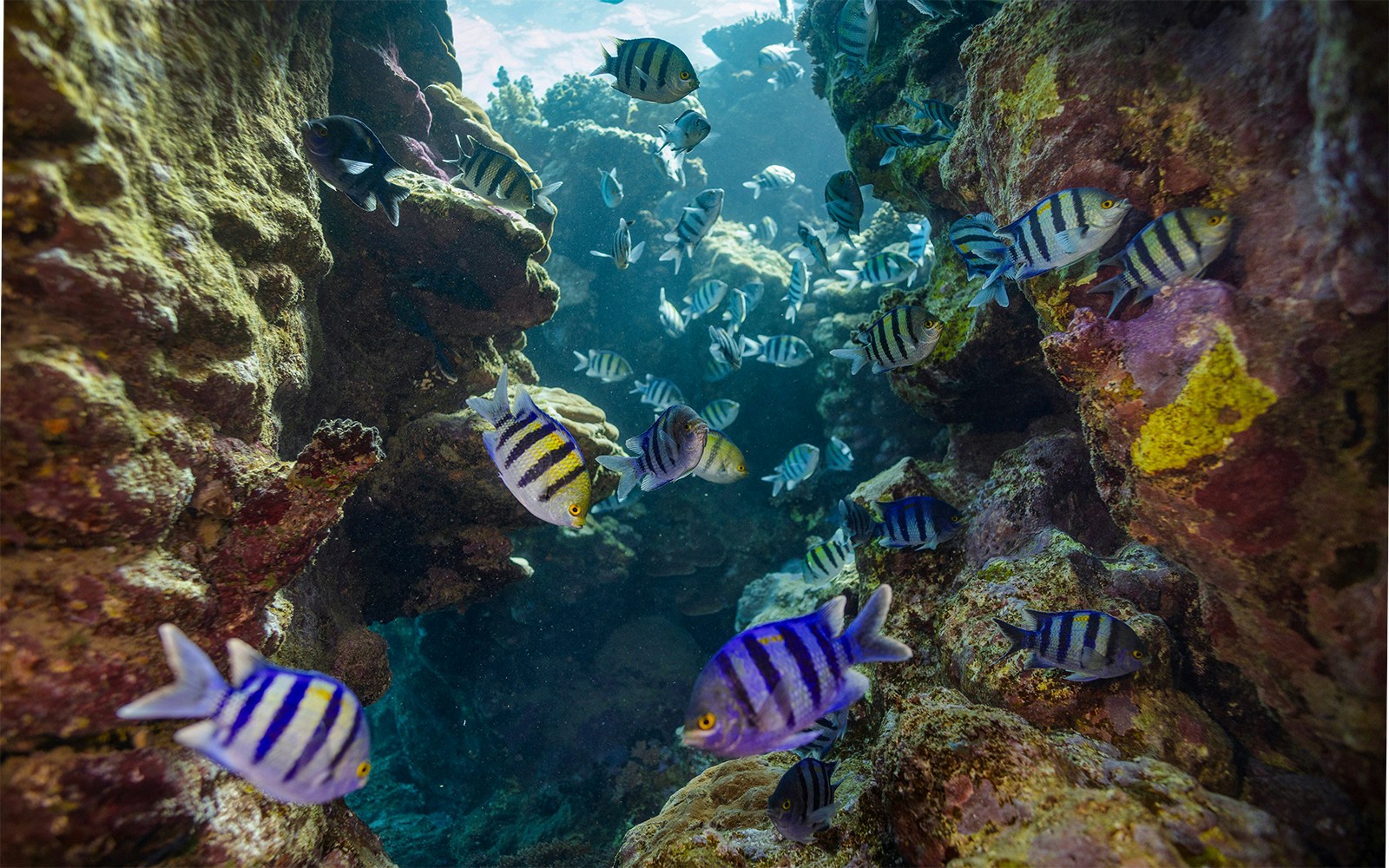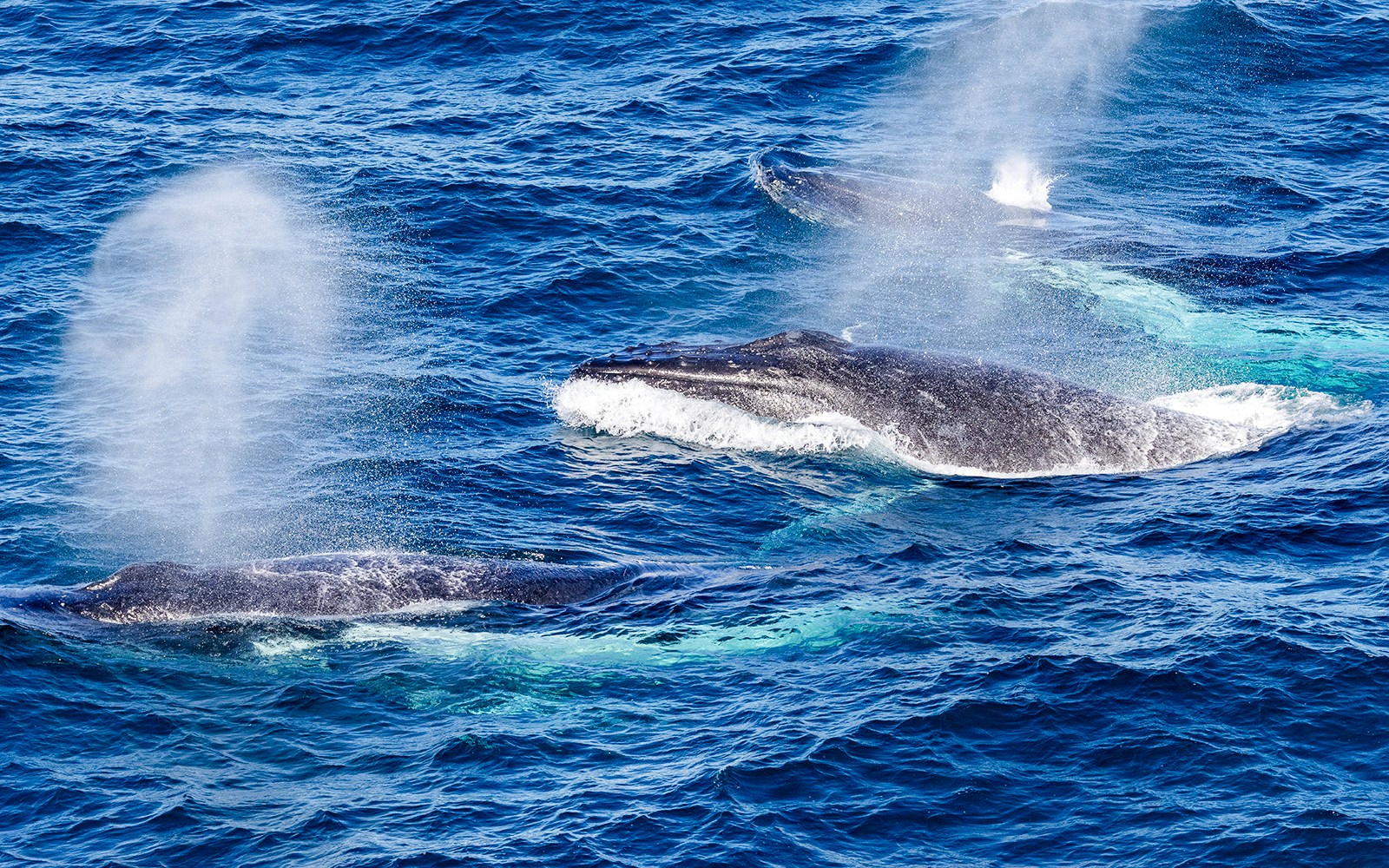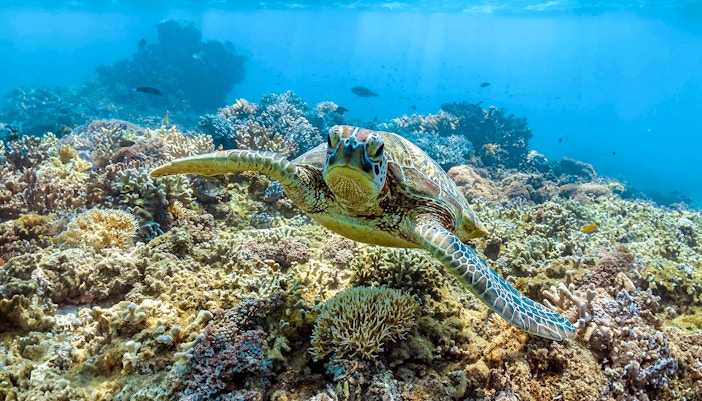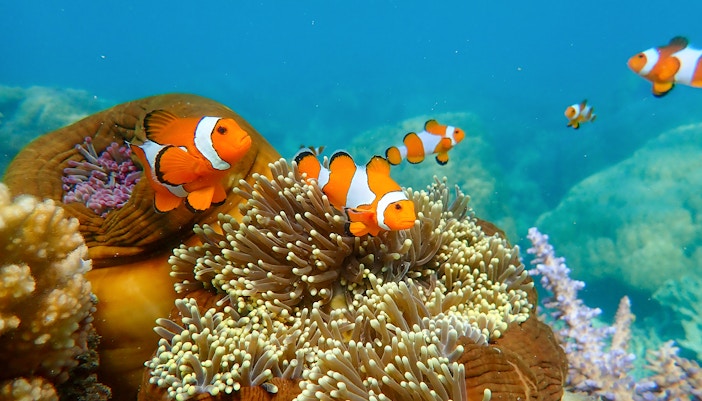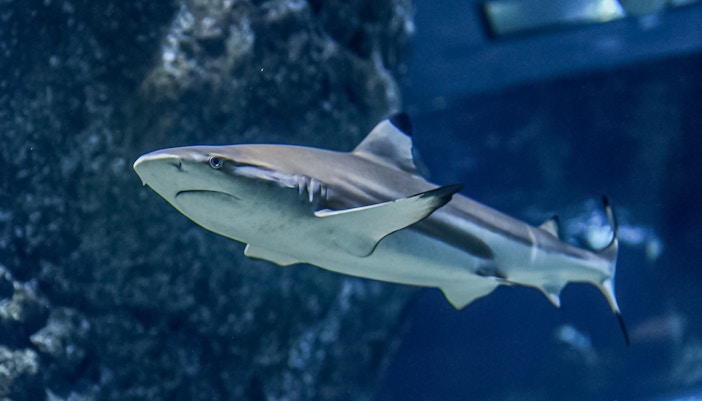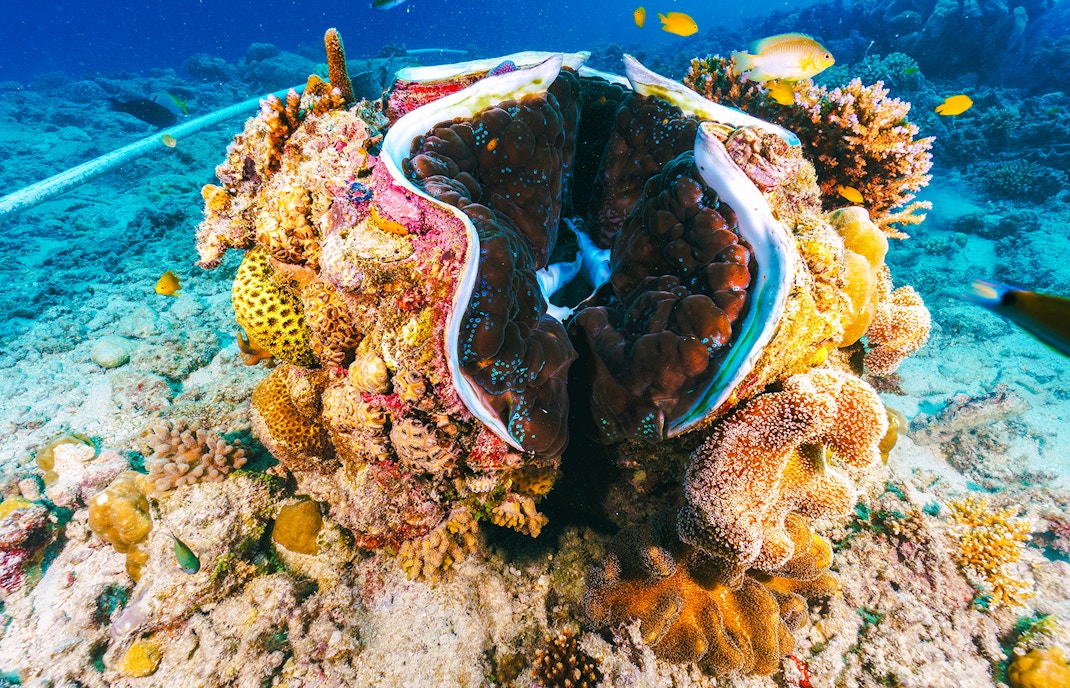One of the reef’s most beloved residents. Green turtles are often seen near reef edges or sea grass beds, surfacing for air or resting under coral shelves.
Where to spot: Heron Island, Lady Elliot, and pontoon snorkel sites
Fun fact: Females return to the same beach they were born on to lay eggs.


